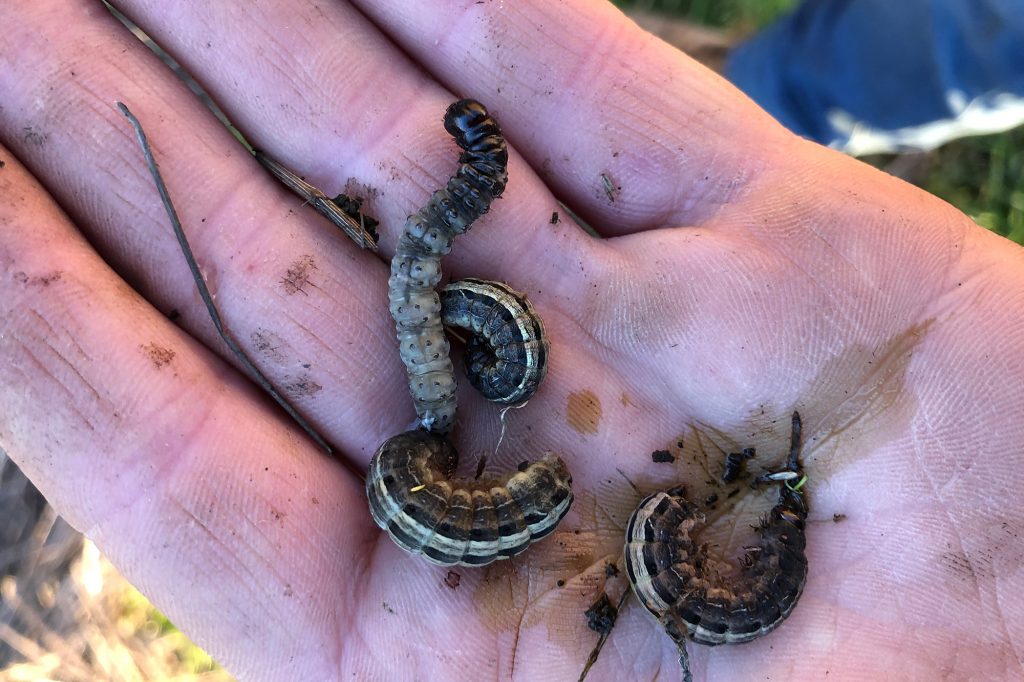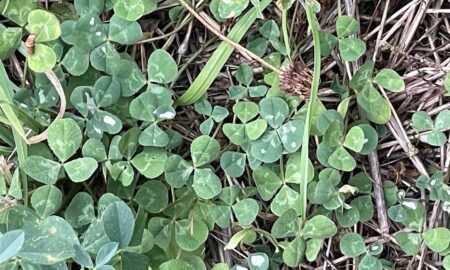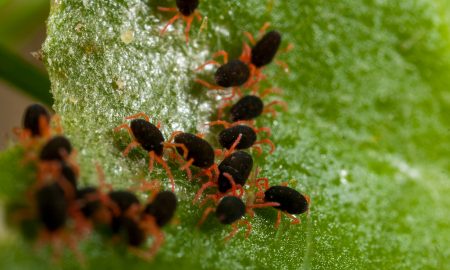At PestFacts south-eastern we rely on growers and advisors to help keep us up to date with what pests are present via observations and field reports. We also love the opportunity to chat about what pests (and beneficials) you are seeing, the impact of different species and the management options being considered.
If you are a grower or agronomist in Victoria or NSW working with broadacre crops or pastures, we can also assist you with identifying invertebrates found on farms at no cost.
Here is a quick reminder on how you can send a report to us and how to maximise the chance that we will be able to identify it for you.
How to report
- Call or text us on 0484 310 697 (include a photo if you can)
- Send us an email at pestfacts@cesaraustralia.com
- Send us a photo and info on Twitter: @cesaraustralia
- Download the PestFacts reporter app at Google Play or Apple App Store.
Tips for taking a good ID photo
- Make sure the invertebrate is in focus, and that the camera hasn’t accidentally focused on the plant, soil or your hand
- Take multiple angles such as top down, side view and/or front on. It’s often hard for us to identify an invertebrate from just one angle/photo, particularly if they are obscured by soil or plants.
- Take photos of several individuals to account for variation in the population
- Use a macro lens that can be clipped over a smartphone camera. They enable a clearer image for smaller invertebrates like aphids and mites, and they can also be used on other types such as caterpillars, moths and beetles. Even a cheap lens can make a big difference!
- Try to show small features such as hairs, raised spots, segmentation, head form and mouthparts, antennae and legs, because they provide key information about the invertebrate. If the subject is relatively large (such as a late instar caterpillar) supply close-up photos of the invertebrate in sections (e.g. thirds).
- To get a clear photo of fast invertebrates such as mites, place the specimen in the fridge for 10-15 minutes to slow it down prior to taking a photo.
Information to include with the photo
- The location (to the resolution of the locality, e.g. Rochester);
- Host on which the sample was found;
- Growth stage;
- Damage observed;
- Extent of the infestation (e.g. patchy over 1 hectare); and
- Paddock history (previous crop, tilled/not tilled, seed treatments, spray applications).

Collecting live samples
Sometimes a photo is not enough for us to make an identification, and it might be better for us to view a live specimen. Always keep a few small containers in the car so that a live sample can be collected when you find something interesting.
Prior to sending in insects, please contact us first: 0484 310 697 or pestfacts@cesaraustralia.com
How to send in live samples
- Place fresh specimens in a non-crushable plastic container. Not all plastics are equally strong. We have found that plastic takeaway containers are not ideal as they often break in the mail.
- Send multiple individuals. A sample of 10 specimens will do for larger insects such as caterpillars and beetles. For smaller invertebrates such as mites and aphids, > 30 individuals can be sent by harvesting and sending us the infested foliage.
- Place a tissue or piece of paper towel in the container to absorb excess moisture.
- Send by express post between Monday-Wednesday.
- Include some of the insect’s host plant as food for the journey.
More details on how to post live samples
Cover image: Photo by Cesar Australia





